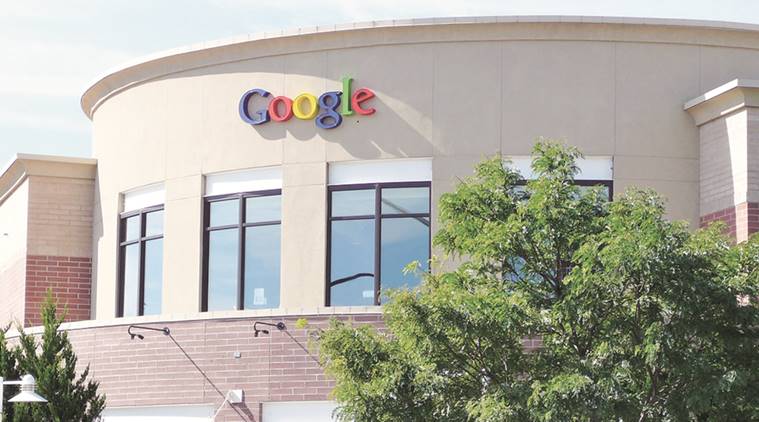Locally Relevant Content: Voice search, Indic keyboards to help Google’s native language push
Locally Relevant Content: Voice search, Indic keyboards to help Google’s native language push
Google is veering towards a more focused approach on local languages in India, where it sees more users coming in
approach on local languages, where it sees a bulk of its new users coming from in the future. While 150 million of the 350 million Internet users now are using local languages, this number is expected to become a majority when the number of Indians online goes up to 650 million in 2020.
Shashidhar Thakur, VP Engineering at Google Search, says investments in voice search, Indic keyboards and auto-complete have started helping Indians find what they want in the comfort of their native language. So even with the existing language users, Google has seen “10x growth in local language queries over the past 1.5 years”.
While voice search helps cater to even those who are illiterate, the Indic keyboard — now available in 11 Indian languages — helps users type in their own language on their mobile phones. Auto-complete in local languages helps them find the query faster, even before they type the whole phrase.
And Google has been looking at all aspects that keep a new user from using its search. So, Thakur says, they are ensuring the cost of search also goes down for the Indian user by making search pages and even publisher pages lighter, loading faster and consuming lesser data. Google’s data suggests that 40 per cent of people abandon a website that takes more than 3 seconds to load. This is why Google has been pushing AMP or accelerated mobile pages that load 4x faster, in less than a second, and consume 10x less data.Plus, there is tabbed search — available in Hindi now — where results in the local language are offered as a second tab in search. “We are also making sure the user gets locally relevant content,”
New technologies like artificial intelligence and machine learning are helping the search giant make this huge shift. “The amount of leapfrogging we have done in search over the past few years has been possible because of advancements in artificial intelligence. Similarly, machine translations from one language to another would not have been possible without machine learning,” Thakur explains. “It is safe to say these technologies will play an increasing role in search in the future.”
Thakur says the algorithms are very much localised, based on the language and Google learnt that with German and Chinese years ago. “Most definitely, the algorithms have to learn the specifics of a given language.”
But fixing search is just one bit of the problem, especially since the local language Internet is still very small — less than 0.1 per cent of sites are in local languages. So Google is using its Newslab to help local language publishers understand the medium better and create more engaging stories for the internet user.
“Google is already offering a lot of bite-sized information on the search page itself with links to publisher pages in case anyone wants to read in depth,” says Thakur, adding they both purchase data as in the case of cricket scores and pull snippets out of a publisher page with attribution.



No comments: